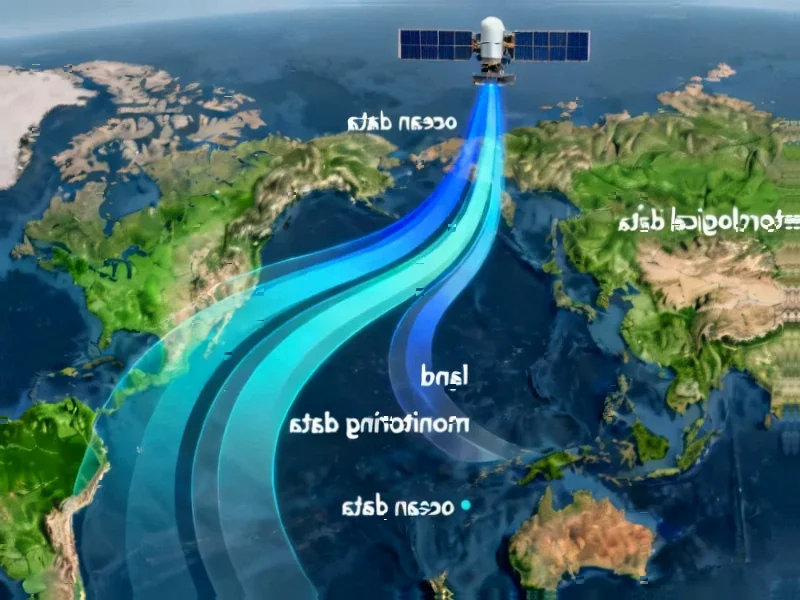According to Aviation Week, Emirates announced on November 3rd that it’s investing more than $23 million to expand facial recognition technology throughout Terminal 3 at Dubai International Airport. The airline has installed over 200 biometric cameras that can identify travelers from up to one meter away. This system allows passengers to move through check-in, immigration, lounges, boarding gates, and even aircraft boarding without presenting passports or boarding passes. The initiative is a collaboration with Dubai’s General Directorate of Identity and Foreigner Affairs. Travelers can activate the service through the Emirates app, and the airline has been working on this biometric pathway since 2017.
The Technical Reality
Here’s how this actually works in practice. Those 200+ cameras are essentially creating a continuous biometric tunnel throughout the airport experience. You enroll once through the app, and then your face becomes your ticket and passport everywhere from curb to cabin. The one-meter recognition range is interesting – it means they’re not just capturing close-up shots but identifying people as they naturally move through spaces.
But here’s the thing about biometrics at this scale: the accuracy demands are insane. A false rejection at immigration could mean major delays, while a false acceptance is a security nightmare. Emirates is basically betting that their system can outperform human document checkers in both speed and accuracy. And they’ve been refining this since 2017, which suggests they’ve worked through plenty of early kinks.
The Privacy Trade-Off
Now, let’s talk about the elephant in the room. This is Dubai we’re talking about, where surveillance infrastructure is already extensive. Emirates emphasizes the “seamless journey” and “digital governance” benefits, which sounds great until you consider what happens to all that biometric data. Are travelers really comfortable having their facial templates stored and matched continuously throughout their journey?
The convenience argument is strong – nobody enjoys fumbling for documents while juggling carry-ons. But there’s a significant privacy trade-off happening here. Once your face becomes your credential, you’re essentially consenting to being tracked throughout the entire airport ecosystem. And in a region not known for robust privacy protections, that should give some travelers pause.
Where This Is Headed
This $23 million investment isn’t just about making Dubai Airport fancier. It’s part of a broader industry shift toward biometric travel ecosystems that airlines and airports are racing to implement. Emirates is essentially building the template for what air travel might look like everywhere in 5-10 years.
The real question is whether travelers will embrace the convenience enough to overlook the surveillance aspects. For business travelers who value speed above all else, this probably seems like a dream come true. For privacy-conscious leisure travelers? Maybe less so. Either way, the future of air travel is looking increasingly faceless – literally.




